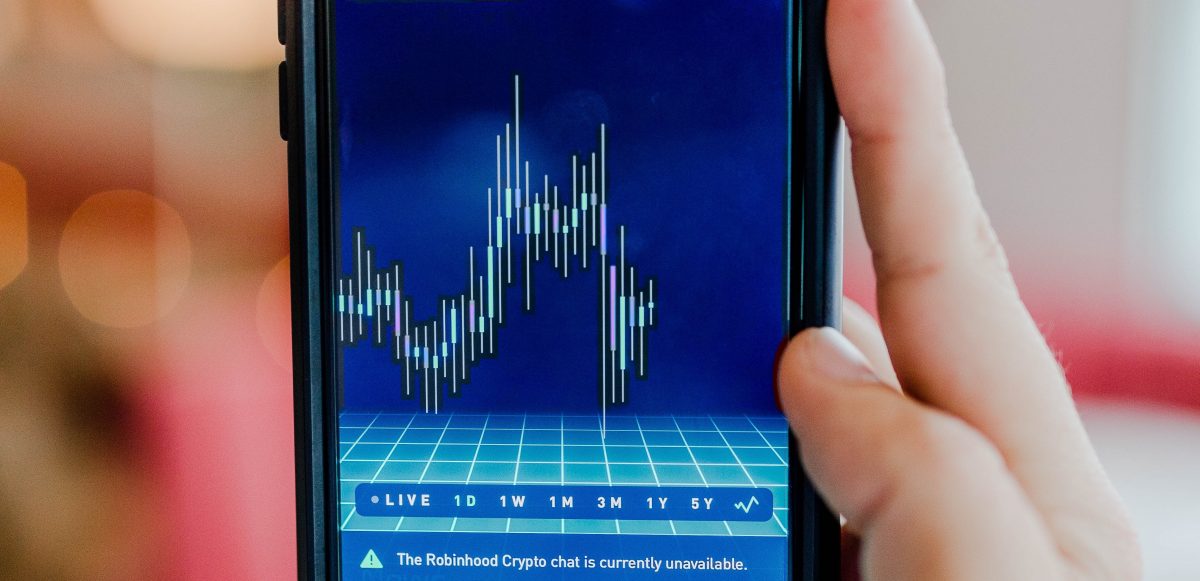When marketing an app, user feedback can be both a source of great pride and one of great frustration. In today’s world, every user of your app will feel compelled to tell their friends (and everyone else) exactly what they think of it.
Analyzing this feedback is an important part of any marketing strategy. Tech giants such as Google and Amazon employ hundreds of people to keep track of feedback on their services, and to respond to the criticisms and questions of their customers. You might not have the resources of these tech giants, but responding to feedback and using it to inform your overall strategy need not be difficult.
At the broadest level, dealing with customer feedback is about your attitude. The best approach is to regard your app as a collaborative project between you and your users, and to take their feedback as an opportunity to build relationships and improve your offer.
You should build a structured approach to analyzing user feedback, and this should involve three key steps. First, you should make sure you are aware of the feedback your users and generating. Second, you should use this to build knowledge about the way in which users are interacting with your products. Finally, you can use this information to improve conversion rates.
Read Reviews
The first step in analyzing user feedback is to be aware of the range and location of the feedback you receive. This means keeping on top of all the places where your users will post feedback about your app. Some of these platforms are more visible than others.
For new apps, perhaps the most critical platform will be the app stores on which your app is listed, and where negative reviews will have the most impact on your download rates. However, you should also be aware of what your users are saying about your app on social media, and on any specialized platforms where potential customers will ask for recommendations.

Your initial response to feedback should be the same, however, no matter what platform it appears on. Responding to negative feedback in a positive manner can help to defuse any potential damage to your brand, and prove to your customers that you are a company who listens to their concerns. Responding to positive feedback is just as important, but is often forgotten. Merely saying thank you to users who praise your app is surprisingly effective in building your brand’s image, especially during the critical first few months of launch.
Analyze Analytics Funnels and Find Weak Points
Once you start to get a significant amount of feedback on your app, you can start to use this information to inform both your marketing and conversion strategies.
There are plenty of guides and approaches to working with user feedback, but all make use of the same basic principle: the analytics funnel. Using this method, you analyze how many users engage with each stage of your online content, from outreach to sales. You should look not only at the number of customers engaging at each level, but also split user feedback according to each stage.
This will allow you to identify any weak points in your marketing strategy. It could be, for instance, that you are producing killer content that many people read and share, but that your users find it difficult to find your app on the app store. The goal should be to present potential customers with a seamless experience, from first hearing about the benefits of your app to using it every day.
Analyzing user feedback in this way will also help you to identify any gaps in your marketing strategy, or any parts of your system which users find irritating or off-putting.
Check Your Conversion Rate
While analyzing how users interact with every part of your offering is important, at the end of the day most companies will be focused on one metric above all: their conversion rate.
Convincing interested customers to buy your app is the hardest, and most critical, part of any marketing strategy. As a result, the conversion should be the aspect of your analytics funnel where your attentions are focused.
Achieving a high conversion rate requires a mix of different strategies.
Getting the basics right should be the first step: you should make sure that your app is easy to buy, and that its benefits are clearly explained. Beyond this, your pricing strategy is also an important factor in encouraging conversions. If, after you have analyzed user feedback from all stages of user engagement, your customers are still complaining that your app is too expensive, don’t worry: this is, in fact, a sign that your marketing strategy is working well! Users have found your app, identified its benefits, and want it.
It is here that introductory offers, limited-time free downloads, and free versions of your app can be useful.
Building a Relationship
Research has found that millennials increasingly relate to brands as if they are people, and seek a personal relationship with the companies whose services they buy. Analyzing user feedback, and responding to it positively, is, therefore, an incredibly important part of reaching this group.
At the broadest level, you should view user feedback as an opportunity to build a relationship with your users, and to include them in the development process of your app. The ultimate goal in doing so is to provide your customers with a personal stake in your brand, because this will both build their loyalty and encourage them to recommend your products to their peers.
While analysis and metrics should always form part of your marketing strategy, therefore, it is equally as important to interact with your users in a way that stresses your brand values. In a crowded and highly competitive marketplace, differentiating yourself from your competitors can be difficult, and an effective way of doing so is to build a loyal and enthusiastic user base.




